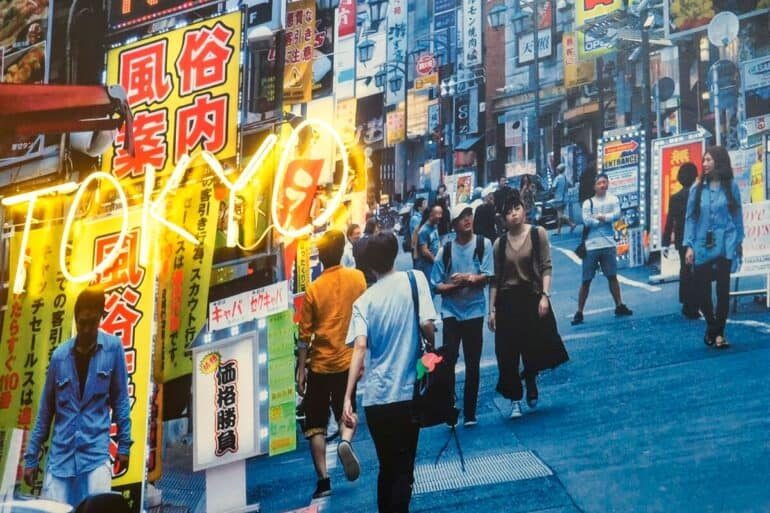A new collection on display at Rome’s MAXXI until October 2022 unites two renowned Japanese photographers and comments on commodity, disorder, and urban realities of modern Tokyo
A temporary exhibition by photographers Daido Moriyama and Shomei Tomatsu opened at Rome’s MAXXI Museum on April 14. Unapologetic and raunchy, the photo series by two contemporary Japanese photographers captures the gritty, authentic face of Tokyo and prompts viewers to find parallels between Tokyo and modern Rome.
A harmony of the works of two prominent photographers, “Tokyo Revisited” marries the distinct perspectives of Shomei Tomatsu and Daido Moriyama with effortless rhythm. Tomatsu shoots engaging and provocative photos with underlying social commentary, whereas Moriyama captures grainy and blurry images that build on the enthusiastic consumerist society of modern Tokyo. When joined together, the collection is shameless and evocative in its treatment of urban realities.
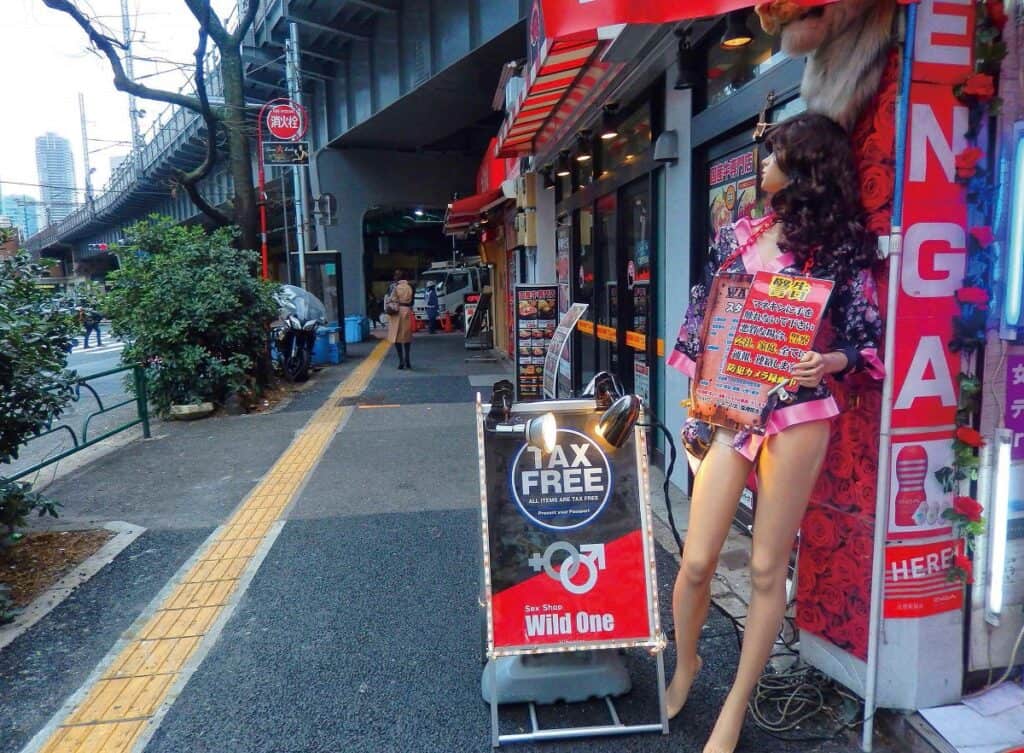
Widely considered to be one of the most influential Japanese photographers, Tomatsu’s work has previously been displayed at the Metropolitan Museum of Art, the Art Institute of Chicago, and the San Francisco Museum of Modern Art. He became a mentor for Moriyama, who has made a name for himself as a street photographer and now is being featured alongside the work of his master.
The photographer takes the identity of the flaneur; or, as Moriyama portrays himself, the stray dog roaming a cityscape (Moriyama’s famous 1971 “Stray Dog” photograph can be viewed in the exhibit). This pair of artists wander the streets of Tokyo indiscriminately, documenting its corners and folds without giving preference of the beautiful over the ugly. In doing so, they create an honest portrayal of urban life in modernity and prompt reflection on one’s own society as a living, breathing body brought to life by its inhabitants.
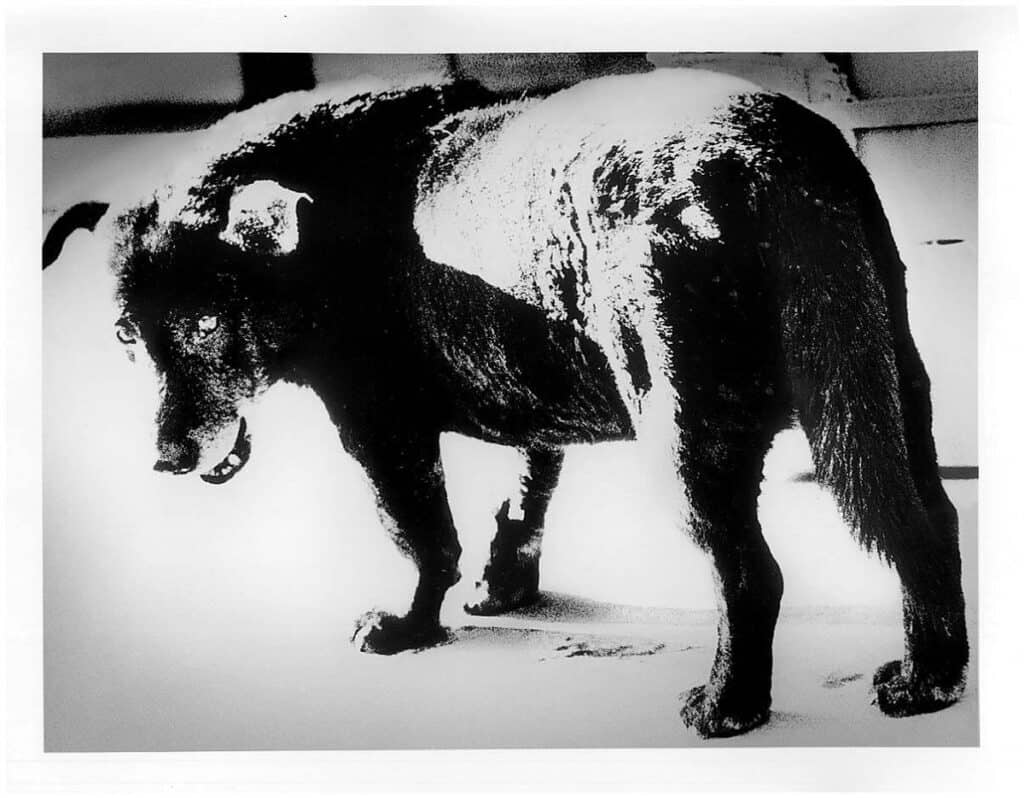
Moriyama and Tomatsu transfix their feelings of disorientation onto the viewer through juxtaposition. Photos stand in clear contrast with each other throughout the gallery – blurry vs. clear, black and white vs. color, closeup vs. large scale. The “stray dog” does not pick and choose his version of reality, but experiences all, and does so fully. The exhibition at Maxxi allows viewers to experience a similar sense of “wandering”, as they weave through the structureless collection of images on display.
I found Moriyama’s 1977 Platform photo series to be especially compelling in its depiction of movement and commotion in an urban setting. On one wall of the multi-room exhibition there is a black-and-white snapshot of commuters waiting in a cluster at the Zushi-Yokohama-Tokyo line. Though the figures in the image seem worlds away in 1970’s Tokyo, one cannot help but feel connected to the web of faces on the platform and the disconnection that they embody.
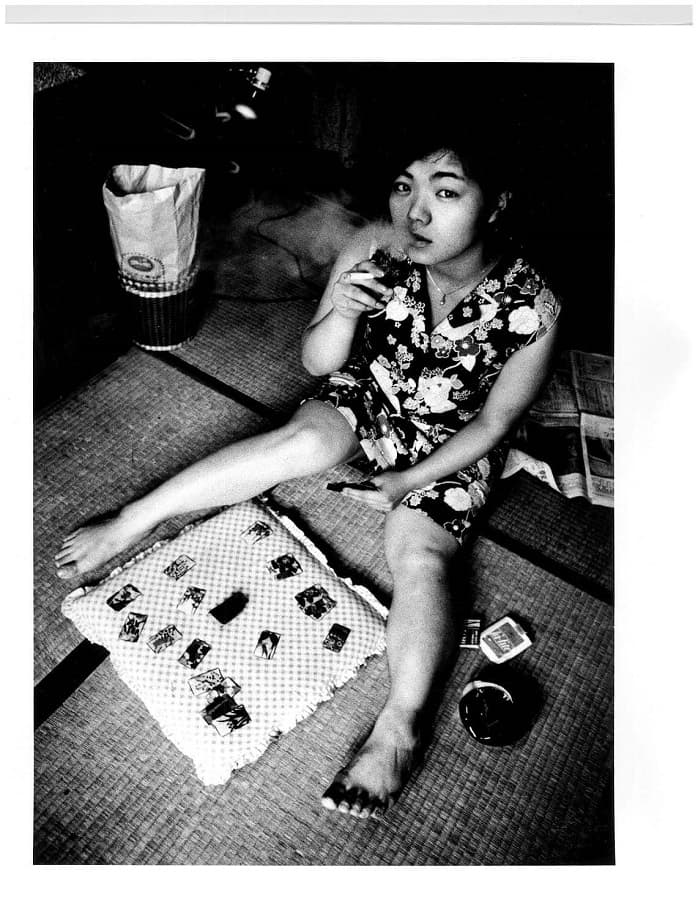
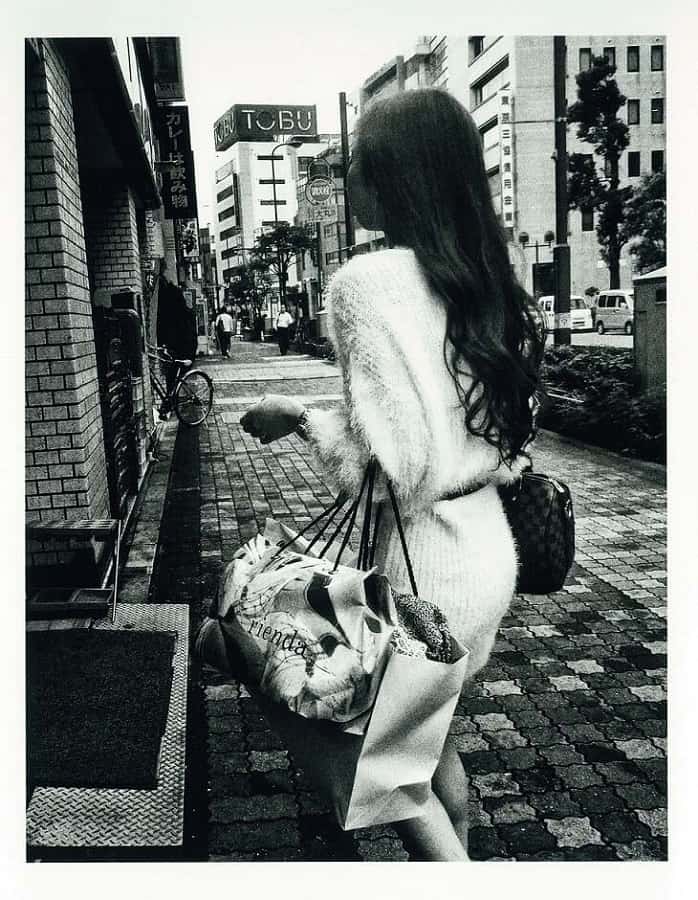
Additionally striking are images from Tomatsu’s Protest series, shot in Tokyo in 1969. Tomatsu made a name for himself in his depiction of the aftermath of World War II on Japan, and his concern with social issues is made evident in this series. Frantic images of crowds as well as individual activists seem to plead the attention of the onlooker, who becomes part of the struggle experienced by the subjects themselves. It evokes a sort of distressing fascination in the viewer, who is both attracted and dispelled by the frenzied images.
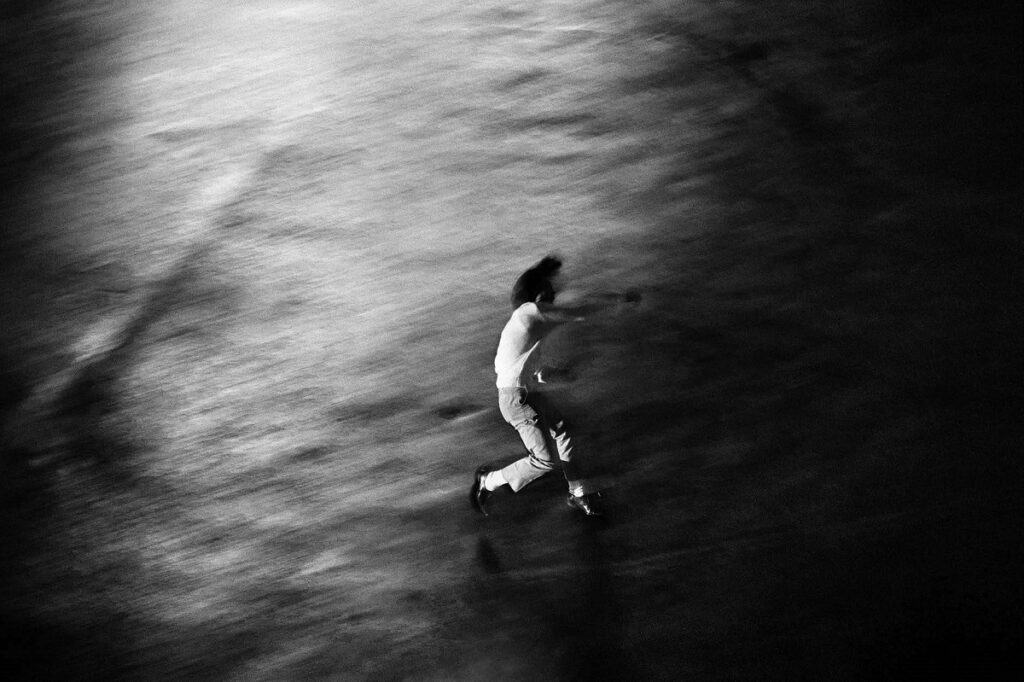
In its entirety, the exhibition weaves around the gallery as a visual map of Tokyo cultivated throughout the past 60 years. It is connected only by the disconnection it represents. The one constant is the city and its elements, which remain balanced by a series of opposites; it is frantic, yet calm, disruptive, but a haven. Tomatsu and Moriyama capture the multiplicities of urban life in Tokyo – riots, prostitution, sex; togetherness, self-expression, nostalgia. It seems to assert that we are all connected by a chaotic world without order, a world which we are all essential components of.
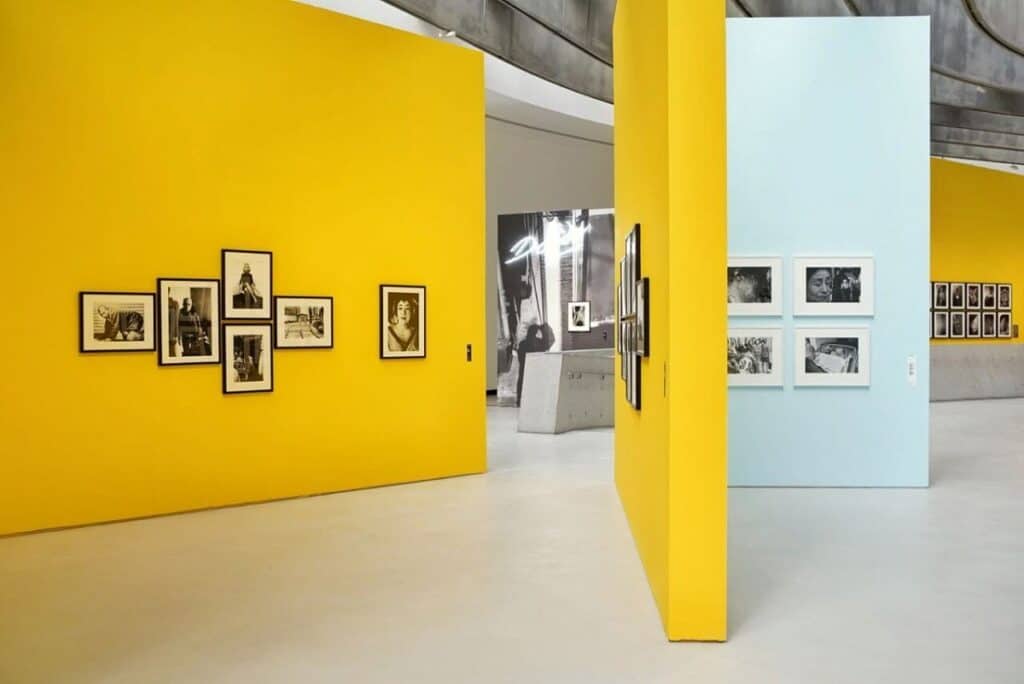
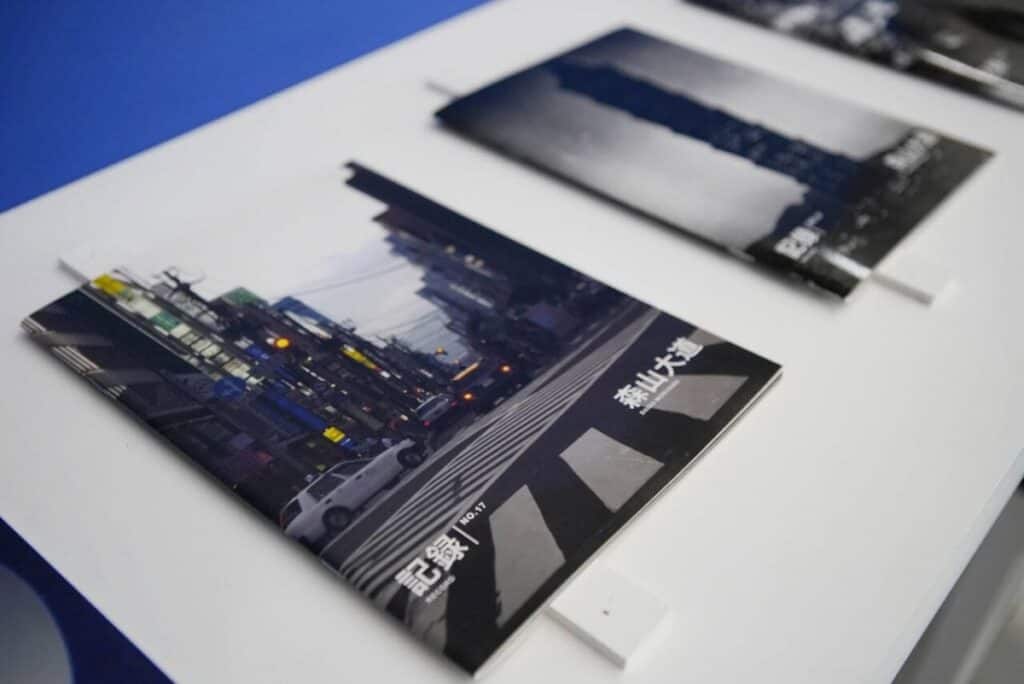
Until October, 16
MAXXI
Via Guido Reni, 4
Tue-Fri 11am-7pm, Sat-Sun 10am-7pm
Tickets: Full 12€ – Reduced 9€


